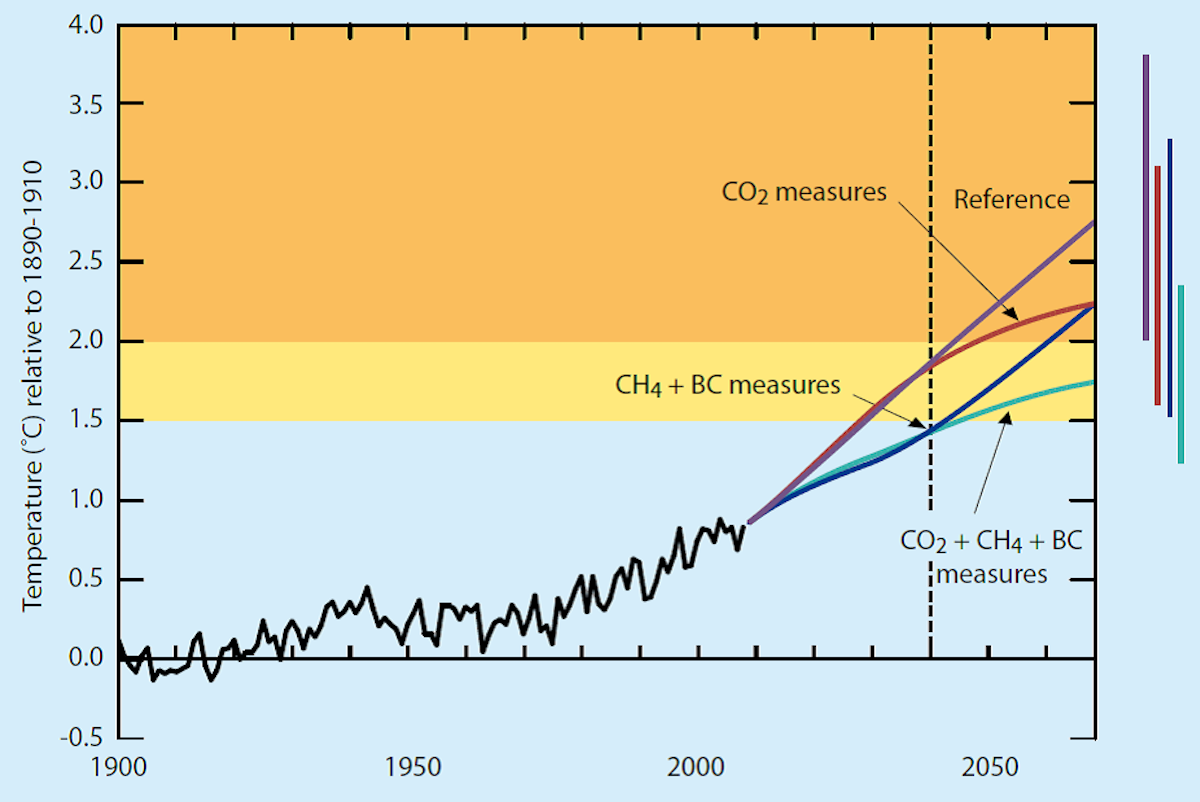Description

Disclaimer: Copyright infringement not intended
Context
- The increase in methane levels could potentially indicate that the Earth's climate is undergoing a phase of transition that could be termed a 'termination-level transition.'
- Methane is a greenhouse gas with significantly greater potency than CO₂, yet its atmospheric lifespan is just under a decade.
Details
- The increasing levels of methane and its implications for Earth's climate transition are noteworthy aspects to consider..
- Methane is a potent greenhouse gas, significantly more effective at trapping heat in the atmosphere compared to carbon dioxide over shorter periods
- Its sources include natural processes like wetlands, as well as human activities such as agriculture, livestock production, and fossil fuel extraction.
- Starting from 2006, there has been a rapid increase in the concentration of methane, a potent heat-trapping gas, within Earth's atmosphere.
- In contrast to the escalation of carbon dioxide (CO₂) levels, the recent surge in methane appears to be primarily due to biological emissions, rather than the combustion of fossil fuels.
- As global temperatures rise due to climate change, various feedback loops could amplify methane emissions.
- For instance, thawing permafrost in the Arctic could release significant amounts of methane that has been trapped in frozen soils. This could further contribute to the warming trend and create a self-reinforcing cycle.
- Methane also plays a role in air quality and atmospheric chemistry, influencing the formation of ground-level ozone, a harmful air pollutant.
Sources of Methane
- Biological sources of methane arise from the conversion of specific organic compounds through the activity of methane-producing microorganisms.
- Agriculture stands as the primary origin of worldwide methane emissions.
- Emissions stemming from fuel and industrial activities, particularly the unintentional release of methane from gas, coal, and oil sites, play a role in exacerbating the climate crisis.
Global Methane Pledge
- The pledge was first announced in September by the US and EU, and is essentially an agreement to reduce global methane emissions.
- The objective of this agreement is to reduce methane emissions by as much as 30 percent from the levels recorded in 2020, with the target year being 2030.
Way Forward:
- Transitioning to a sustainable future requires tackling methane emissions.
- This involves implementing stricter regulations on methane leaks during fossil fuel extraction and distribution, adopting sustainable agricultural practices, and exploring technologies to capture and utilize methane.
.jpg)
Conclusion
Addressing methane emissions is a crucial part of efforts to mitigate climate change and improve air quality .By addressing rising methane levels, we can better navigate Earth's ongoing climate transition and work towards a more balanced and resilient planet.
|
PRACTICE QUESTION
Q. Explain the need to reduce global methane emissions and advance use of methane as a clean energy source. (250 Words)
|
https://www.downtoearth.org.in/blog/climate-change/rising-methane-could-be-a-sign-that-earth-s-climate-is-part-way-through-a-termination-level-transition--91185















